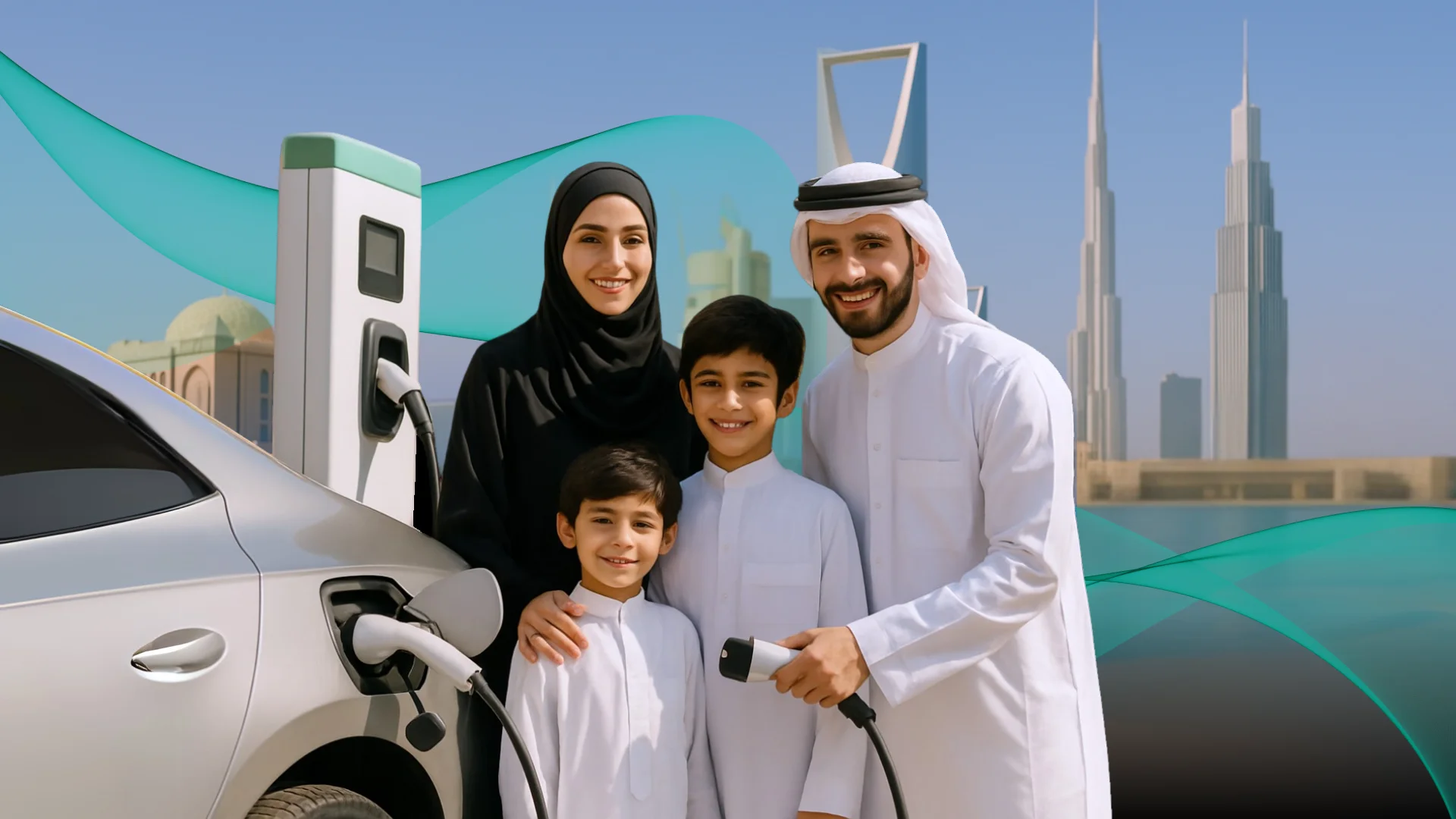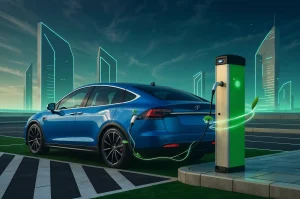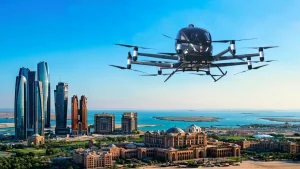As the world shifts toward a low-carbon future, the Gulf region—historically known for its oil-driven economies—is witnessing a profound transformation. At the forefront of this change are the United Arab Emirates and Saudi Arabia, two nations taking decisive steps to reshape their transportation sectors through widespread adoption of electric vehicles (EVs) and robust investments in sustainable infrastructure.
The UAE has set a pioneering target: 50% of all car sales to be electric by 2050. This ambition reflects the country’s larger environmental strategy, which includes a 40% reduction in transportation energy consumption and a 20% cut in transport-related emissions by 2035. Saudi Arabia is similarly committed, with sustainability forming a core pillar of Vision 2030. These national strategies emphasize the importance of reducing greenhouse gas emissions and diversifying energy resources, even as urbanization and economic expansion continue to drive up transport demand.
Both countries are rapidly laying the groundwork to support EV growth. From Dubai’s autonomous metro system to Saudi Arabia’s expansive rail and public transport projects, the emphasis is on reducing reliance on internal combustion engines. The challenge, however, is significant—particularly in overcoming high summer temperatures, limited charging infrastructure, and the current premium pricing of EVs.
In Saudi Arabia, the King Abdullah Petroleum Studies and Research Center (KAPSARC) projects up to 20.7 million EVs on the road by 2050 under a high-growth scenario. This shift could slash oil demand in the transport sector by over 13 million tons of oil equivalent, while reducing carbon emissions by 40 million tons. To support this vision, massive investments are being made: Riyadh is planning solar and wind-powered charging stations, and nearly $270 billion is earmarked to modernize and expand the national power grid.
The Saudi Public Investment Fund (PIF) is also backing production. Notably, Lucid Motors has begun manufacturing EVs at its facility in the King Abdullah Economic City, aiming to scale up from 5,000 to 155,000 units annually. Simultaneously, Saudi Aramco and Ma’aden have partnered to secure lithium and transition minerals to support regional battery production, anticipating a demand that could power half a million EVs.
Meanwhile, the UAE is aggressively advancing its electrification goals, including Abu Dhabi’s vision to reduce transport emissions by 20% by 2035. Alongside this, Oman’s “Net Zero 3” initiative is rolling out government incentives and transitioning public fleets to electric.
Despite the momentum, hurdles remain. The high upfront cost of EVs, driven by battery expenses and limited local production, remains a concern. Additionally, scaling charging infrastructure across vast geographies and re-educating consumers will require sustained effort. Addressing the legacy of fossil fuel subsidies and ensuring a stable, renewable-powered grid are also critical to the region’s long-term EV ambitions.
However, the opportunities are immense. The shift toward EVs can position the Gulf not just as a consumer of clean technology, but as a global hub for innovation, production, and policy leadership in sustainable mobility.
These groundbreaking developments set the stage for EVIS Abu Dhabi 2026 – the Electric Vehicle Innovation Summit in Abu Dhabi. As the region’s premier platform for electric mobility, EVIS Abu Dhabi 2026 will bring together global leaders, innovators, policymakers, and manufacturers to showcase advancements, explore collaborative solutions, and drive the conversation on sustainable transportation forward.
With the UAE and Saudi Arabia accelerating toward electrification, EVIS Abu Dhabi 2026 promises to be a defining moment for the Gulf’s role in the global EV revolution. Don’t miss the opportunity to be part of the future—where innovation meets impact.
Source: EV Life












